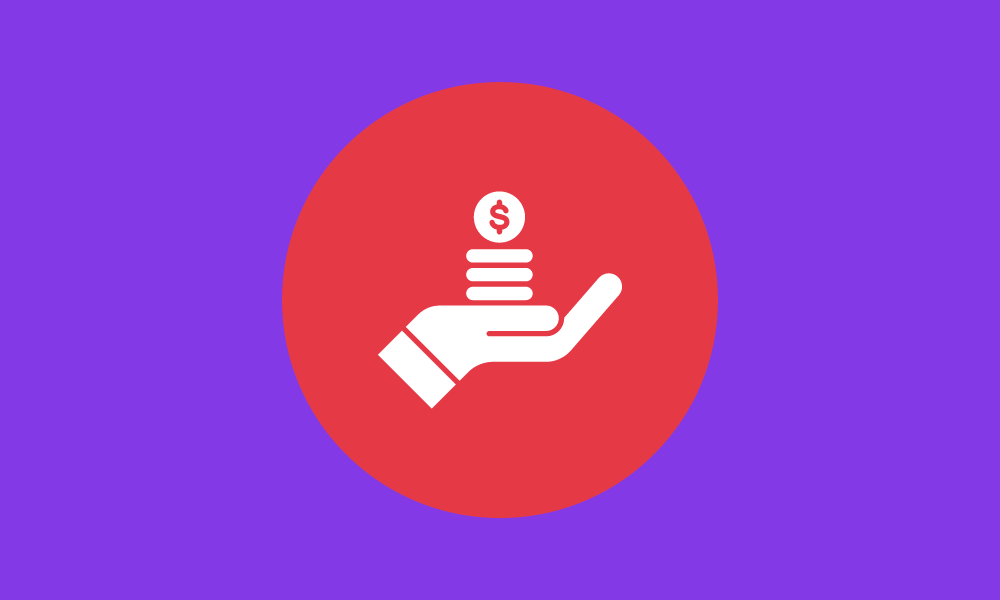How to reduce the amount you pay for Sponsored Ads

CPC has a big impact on Sponsored Ads performance
Sponsored Ads are widespread on Amazon and are growing in use across other online marketplaces and retailers. They enable sellers and vendors to make their products more visible through paid ads, which in many cases is a necessary part of launching and selling in competitive online marketplaces like Amazon, where every category and search term has multiple brands vying for customer attention.
Amazon assigns a rank to all products in its marketplace to ensure customers see the best products. That ranking determines how much advertisers pay for ad placements.
What You Pay For Ads
The price of Sponsored Ads depends primarily on the amount of advertiser competition versus the amount of customer traffic - a standard demand and supply model that determines the per click cost (CPC) of placing the ad. But platforms like Amazon want to preserve the customer experience as much as possible by ensuring that ads shown to customers are relevant.
Often there are multiple relevant products eligible to buy ads in a given category, so Amazon also ranks the relevant products on the likelihood that they will lead to a purchase - the logic being that products that show popularity with customers, should have more priority to show ads onsite.
Product Ranking Impact On CPC
Amazon factors ranking into the ad system by modifying the bid an advertiser submits for an ad placement opportunity. They apply a penalty for a lower ranking product, and a boost for a higher ranking product. For a lower ranking product to win an ad placement versus a higher ranking product, the advertiser will have to submit a bid high enough to offset any penalties.
This means that in general you’ll pay a lower CPC if Amazon thinks your product has a higher likelihood of leading to a purchase than a competitor’s.
What Does The Platform Look At To Determine Ranking
While platforms want their sellers and vendors to succeed, what platforms look at to determine ranking isn’t always made public. Some of what the platform looks at to determine the ranking of ads and products includes sales history and velocity, quality score, and delivery needs.
- Relevance - No platform wants to spam their customers with irrelevant products. Ads are filtered based on their relevance to the customer query, and better optimised products get higher relevance scores, meaning just having the correct product isn’t always enough in competitive markets.
- Sales History and Velocity - Amazon tends to give products that have a track record or show evidence of traction in sales more priority to serve ads to customers.
- Quality Score - Amazon uses many inputs to determine the likelihood that a product will sell using its extensive data to analyse customer profiles and a combination of indicators such as views, clicks, favourites, add-to-lists, ratings and reviews.
- Delivery Needs - All other things being the same, Amazon gives a campaign with more budget available more priority to place ads over a campaign with less.
What You Can Do To Increase Your Priority and Ranking
It’s on you as the advertiser to follow the guidelines that they do make public, and to monitor ad spend, CPCs and other metrics to ensure you’re heading in the right direction. There are things you can do and metrics you can look at to ensure you’re making changes that benefit how platforms see your products and ads versus competitors.
- Optimise product page keywords - Ads need to be relevant to the customer search query. The keywords you target in campaigns and the keywords you use in product detail pages should overlap. Monitor and benchmark ad click-through rate (CTR) to track how relevant your ads are to the query.
- Optimise product messaging - The product should align with the customer’s intent. While you generally wouldn’t be able to place ads against irrelevant queries, competitor ads will out-rank you if your product doesn’t seem as popular as theirs. Typically pricing and reviews have the largest impact on conversion, but positioning, A+ content and images also have an impact. Track ad conversion rates (CVR) to track how your product aligns with customer intent.
- Drive traffic from off-platform - Amazon likes it when products attract off-platform traffic. Apart from the potential it has to increase product sales velocity and improve ranking, you’re able to operate outside of platform constraints which helps you overcome the challenges that arise from having lower product ranking versus competitors.
- Increase Budgets - While business constraints will limit you from always having more budget available than competitors, ensure you’re confident enough in your targeting that when you do increase budgets, you’ll generate the returns you need to offset ad costs.
How To Use Best-Seller Ranking To Track Performance
One of the key KPIs you can look at to measure your performance in markets is Amazon’s Best Seller Ranking (BSR). The BSR tells you how much your product sells compared to competitors and all other products on Amazon. While you can’t affect the BSR directly, it’s a useful metric to validate the actions you take to improve your product standing, because it encapsulates all of the factors Amazon can look at to determine ranks, and a good indicator of how Amazon ranks your product versus your competition.




Member discussion